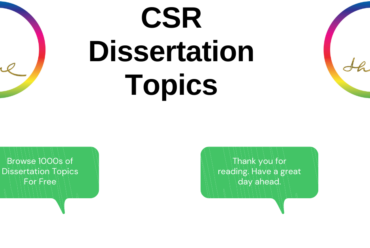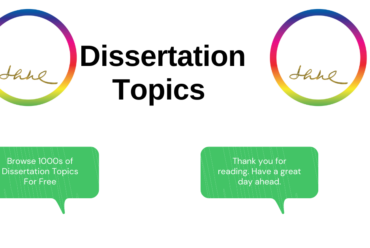How can ESL authors use academic translation services effectively?
Non-native or people who take English as a second language, i.e., Koreans, Pakistanis, and Latinos often grapple with the grammatical rules of the language. ESL authors can benefit considerably from English language translation services. They can draft their literary work in a language they are familiar with and use academic translation services to convert their draft into an English manuscript. These ESL authors who are trying to get their work published have the option of package services that can translate and edit their document. These services provide authors with the opportunity to get the translated work checked for language and if formatted according to the criteria and in the process make sure that the manuscript meets the standards of publishing.
Even though it mainly depends on the skill and experience of the translator, authors work plays a significant role in ensuring that the outcome is in line with the desired work requirement. When using technical terms authors should keep in mind that these are not eternally straightforward, sometimes they can deviate depending on the translator and the articulateness that the source offers. These differences may be subtle or radically different. To be sure that you are fond of those technical terms that are used or are consistent with the idiosyncrasies used in this industry. So it is suggested that authors provide the translator with an outline that contains technical terms in their language along with the endorsed translation. The translator should then make sure that those terms are used as instructed. Although if the significant other (translator) suggests that the translation advocated by the writer is incompatible or inappropriate, then they should provide a more befitting option. Authors should review the following suggestions :
Now the time taken for translation varies with every content. It is preferably convenient to use MS word because it is known to be translation-friendly. It provides the translator with an open gate to translate the document into the same file and format, avoiding reproducing any complicated illustrations or tables thus eliminating any chances of errors. If the work is in PDF format, the translator is required to translate it into a different format mostly MS WORD. This not only exaggerates the time required for translation but also the chances of content being missed during the translation process. Now some tables and images cannot be recreated easily in a different format; the translator has to insert explanatory notes on how some content has to be translated which in turn add up to the whole translation procedure.
The author should provide distinctive instructions and reference files it helps if some material is required to be eliminated from the work or edited differently. For instance, powerpoint files may contain presenter notes that are required to be translated; or the author may require deviant phrases in a different English paper. In this scenario provide the translator with the info that he is required to refer to the English text to maintain a sense of continuity. However, keep in mind that this might add up to the time that translator needs to the translation. Also, be aware that every translated work needs repetitive checks and editing before it can be considered as a decent content that is desired.
The most important advantage of this service is that authors save time that could have been wasted on writing the content in English initially.
The important key is that this service should be used a few months before submission date of their literary workpiece. Also, share this submission date with the service company. If the author is unsure of their work, they should share this concern with the translator. If concerned about certain sections of your work, ask the translator to recheck those specifically, don’t hold back any concerns.
Editingarsenal.com offers affordable proofreading and editing services for ESL authors.


